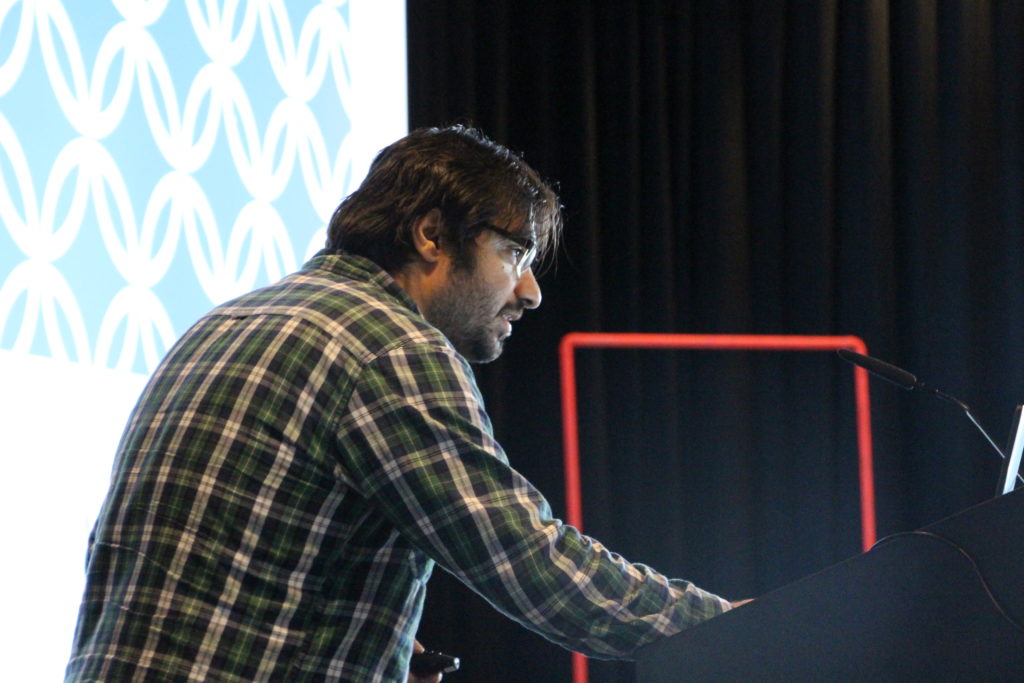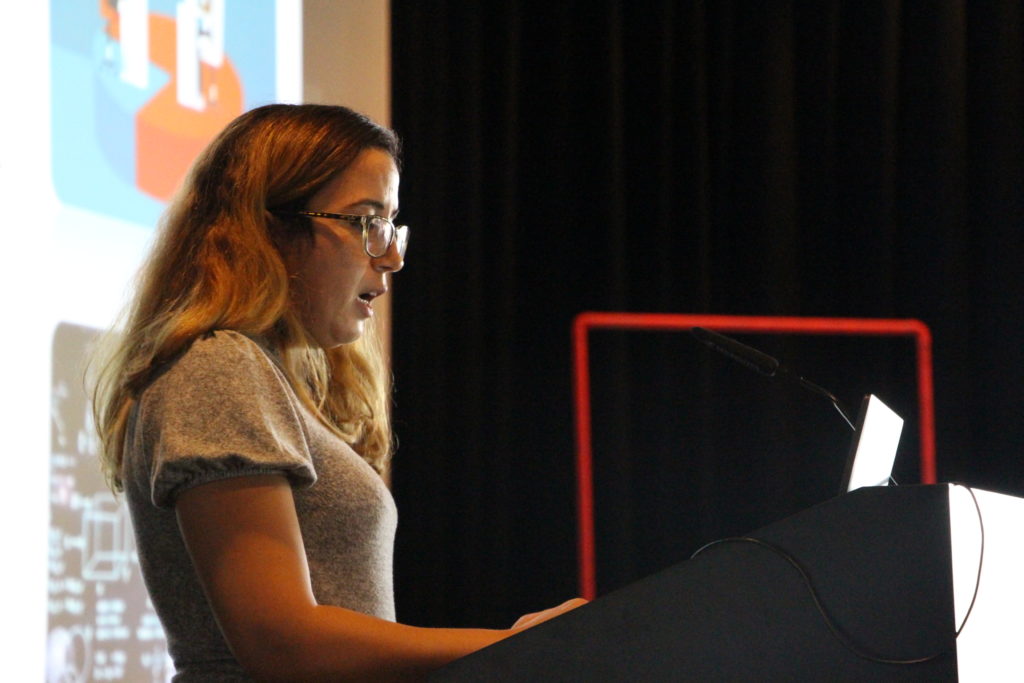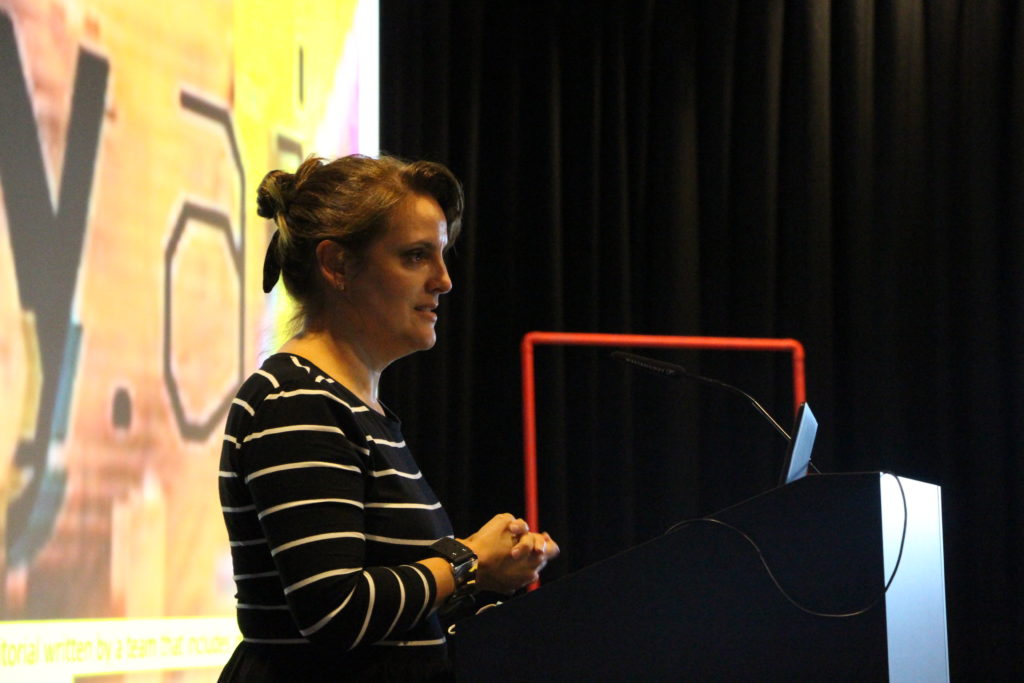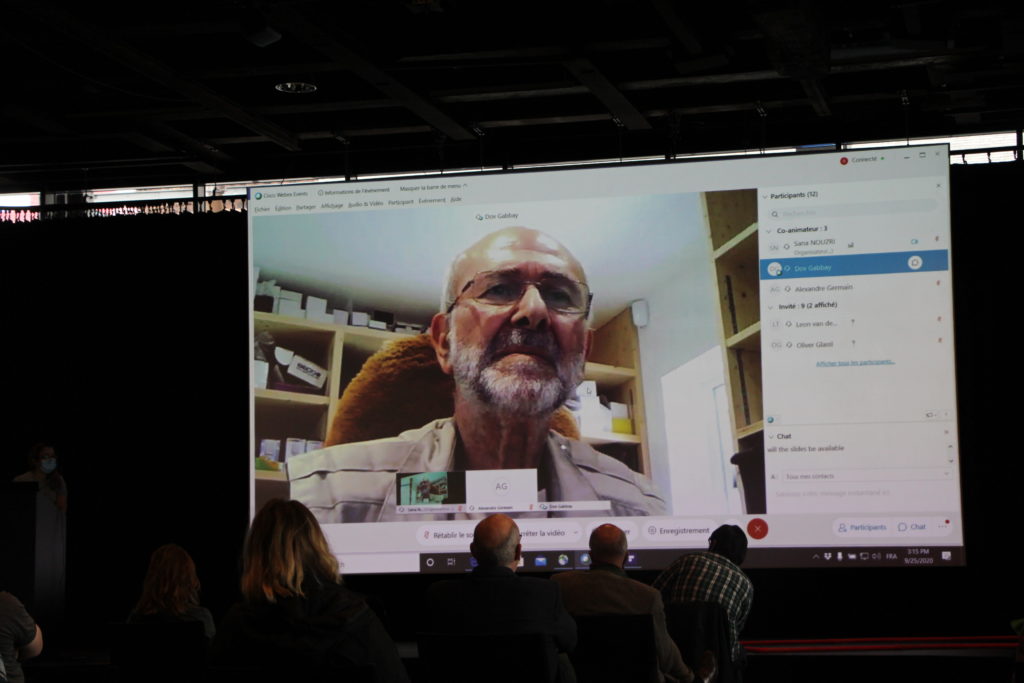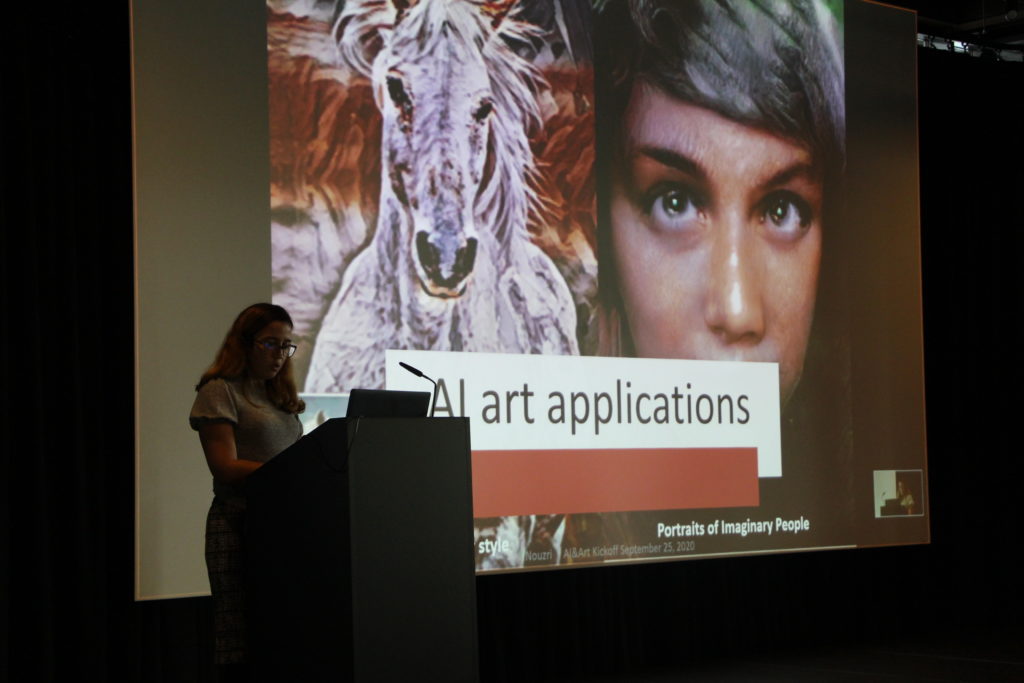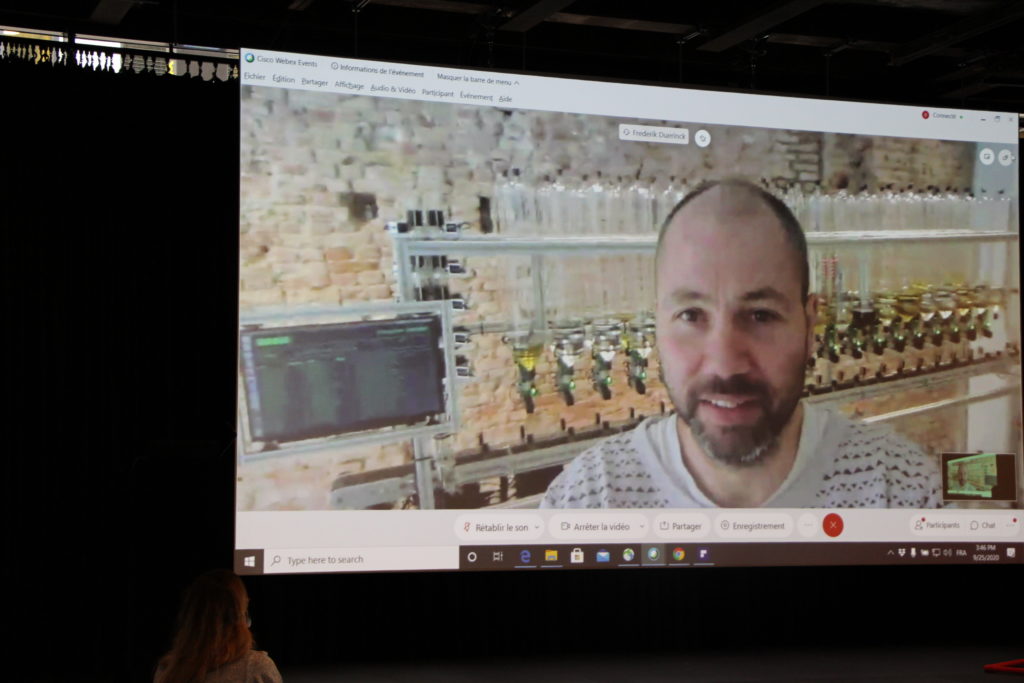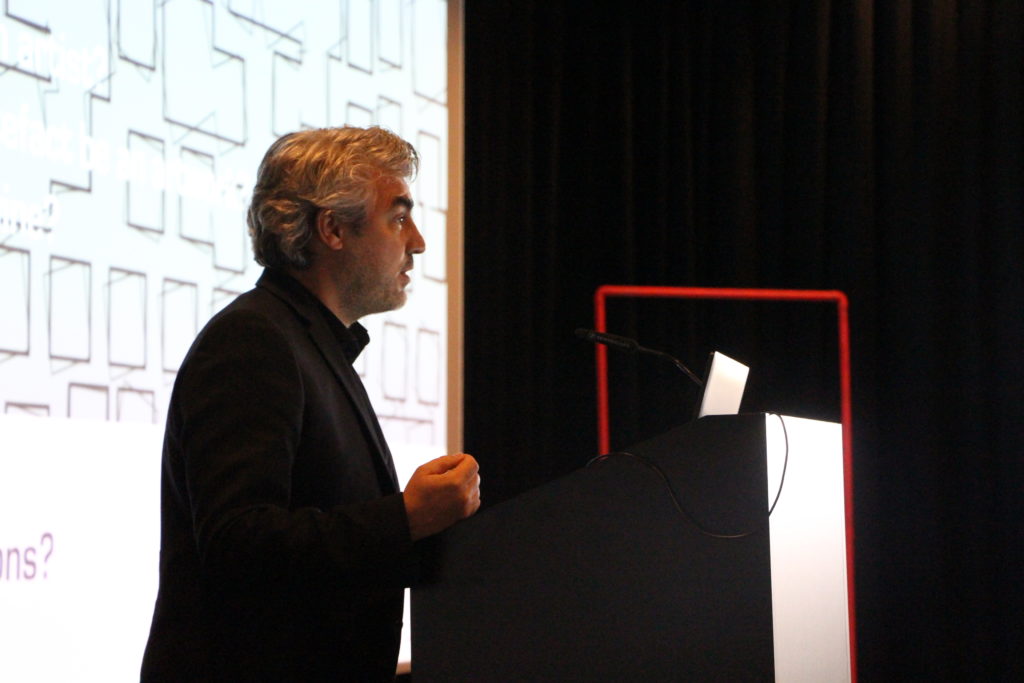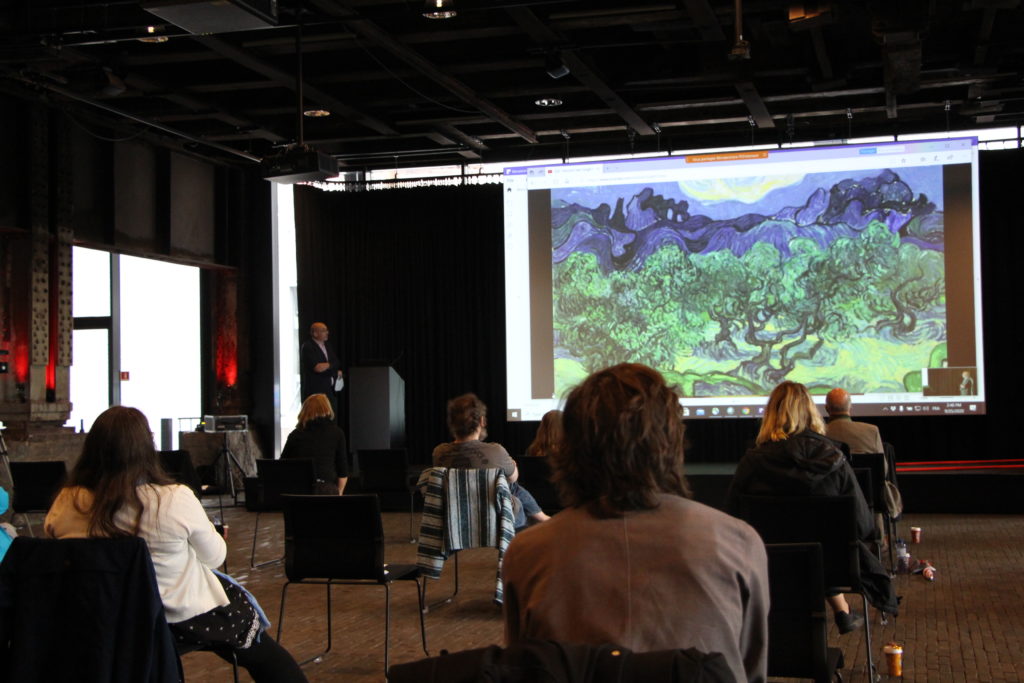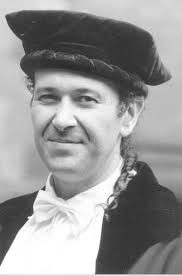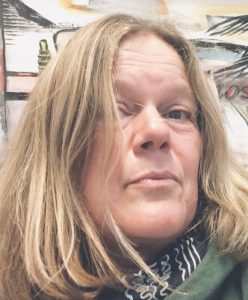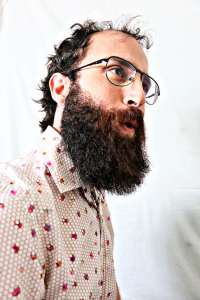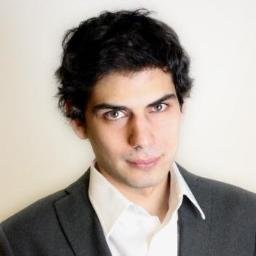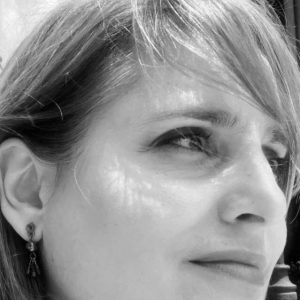Yolanda Spinola-Elias holds a PhD in Fine Arts and is an Associate Professor in Art and New Technologies at the Faculty of Fine Arts of the University of Seville(Spain), founding and leading the Arts, Science,Technology & Society Lab(ASTSLab, HUM1045). She co-founded and chaired the Atoms and Bits: Artists, Architects and Digital Researcher Andalusian Association. She is member of other research groups of the CNPq-Conselho Nacional de Desenvolvimento Científico e Tecnológicoin Brasil:GIIP -Grupo Internacional e Interinstitucional de Pesquisa em Convergências entre Arte, Ciência e Tecnologia(UniversidadeEstadual Paulista Júlio de Mesquita Filho)and Estudos Visuais(Universidade Estadual de Campinas).She is an expert, external reviewer for the Spanish National Research Agency, La Caixa Foundation in the European Universities Postdoctoral Program and for several indexed journals and editorials.She is member of the Network of Experts of the Campus of International Excellence in Heritage Project (CEB09-0032). She has led national and international research projects funded by the Spanish Ministry of Science and Innovation related to Art&Science,the role of Art in multidisciplinary labs and their methods for collaborative cocreation.
She is also participating in otherones related to inclusive pedagogy and disability in HE. She has been granted by the Erasmus+ (KA107) Staff Mobility Program in different countries.She has been Visiting Associate Professor at the MIT Media Lab (Cambridge, MA)as well as researcher or artist in residence at Art Science Lab (Paris), Le Laboratoire(Cambridge, MA), the Spanish Collegein Paris, The Metropolitan Museum of New York, the Museum of Modern Art of New York, the University of Washington (W St.), the Tamarind Institute (New Mexico) or the Accademia di Belle Arti di Carrara (Italy).She has been organizing annually conferences related to Art and Society, being regularly invited as speaker in public events involved in Art & New Technologies.Her artistic production is composed by more than 170 exhibitions in the national and international context(Taiwan, Italy, Germany, USA, Russia, Argentina, Czech Republic, Canada, UK, France, Colombia…), participating in the Universal Exhibition of Hannover 2000 and other International Art Symposiums. Her work has been awarded in several occasions and incorporated into art collections of public and private institutions (Royal
Academy of Fine Arts Santa Isabel of Hungary, Seville City Council, Fondazione Peano in Italy, Círculo de Bellas Artesin Madrid, the University of Seville, FEE Foundation in New York, Grúas Lozano, Cruzcampo Foundation).She has participated as an artist and curator in the CF project (The Research Pavilion) of the 57th Venice Biennial (2017)and in the AI+Art serendipity?events (LuxLogAI, 2018). Currently, her research interests revolve around AI+Art world and the ASTS system



